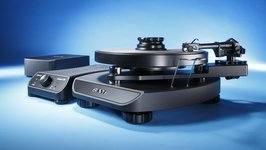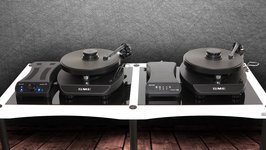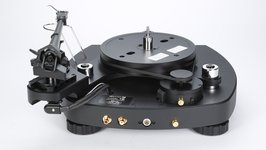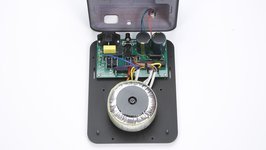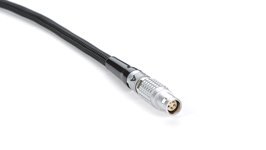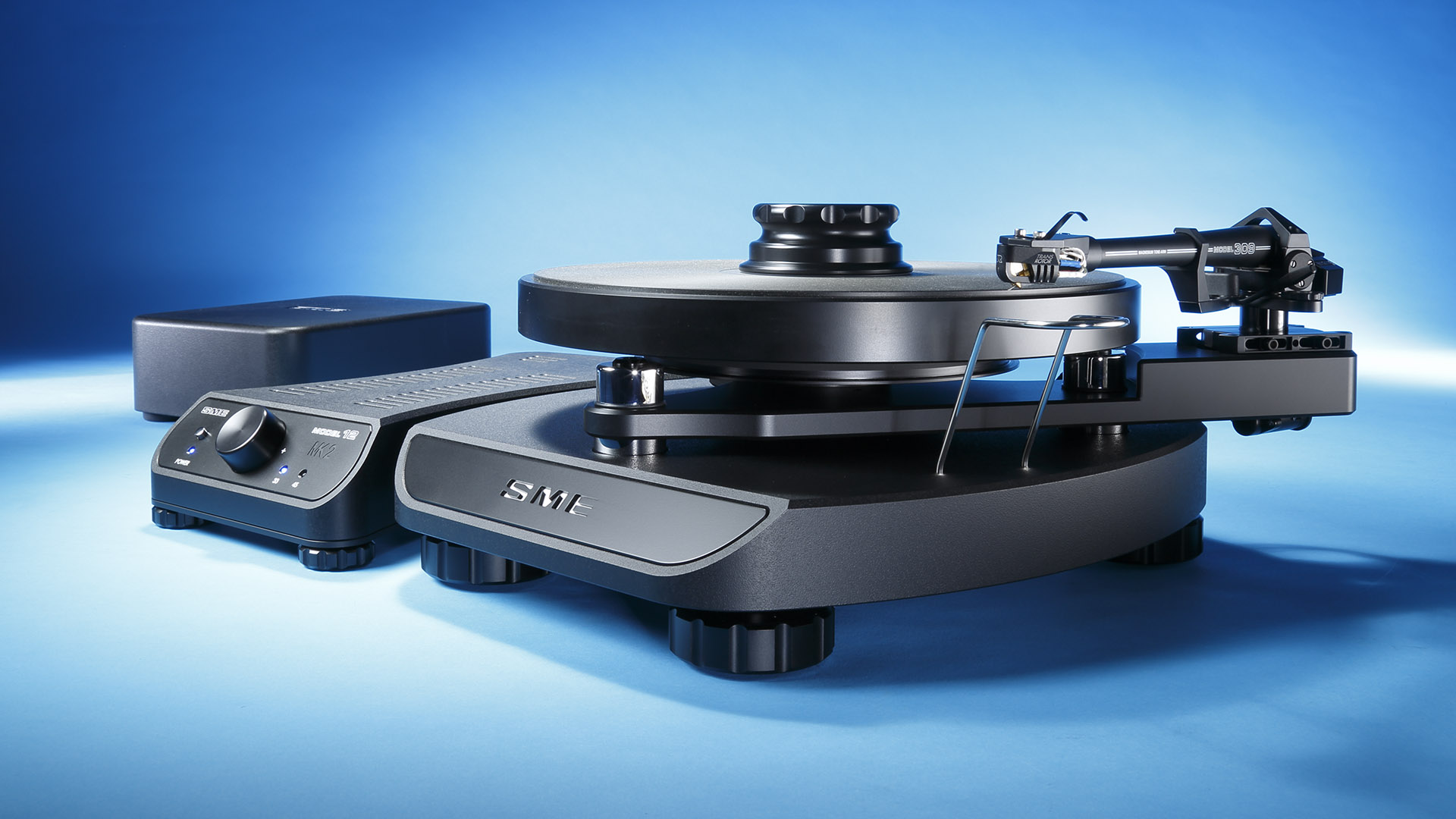
Turntable Test
SME Model 12 MK2 Review
Model Career – With a completely new drive system, the SME Model 12 advances to its "MK2" version. Does this indeed make it even more attractive? STEREO listened to the analog beauty against its predecessor.
The name of the "Scale Model Equipment Company", SME for short, founded in 1946, is one of the most honorable in the phono world. Over the past 75 years, countless legendary products, famous for their manufacturing quality and durability, have come out of the factory on Mill Road in the small southern English town of Steyning. Most recently, the Model 60 super-turntable, packed with innovations and priced at a staggering 59,990 euros.
The insights gained during its development, in which the SME team went down new paths, are now benefiting the smaller turntables. With the exception of the latest Model 6, they are being upgraded one by one to an "MK2" version.
Read our review of the original SME Model 12 here!
This involves replacing the entire drive system, from the power supply and the speed control unit – which is always separate – to the motor. In that section, this is thus not a more or less careful modification, but a radical reorientation. And that means something coming from the rather conservative Brits. That‘s why hi-fi fans are taking a particularly close look. And STEREO anyway!
Drive Created Completely New
The first to undergo those changes is the Model 12, introduced in 2019, which opens up the field of the "large" SME turntables. This record player has proven itself to be extremely popular, at least partially due to its sophisticated design – the round turntable and its concave-shaped speed control unit nestle into each other quite smoothly.
That something has really changed in the Model 12 MK2 can be seen by the fact that it now comes with a third device: The new power supply unit, which is fed by a large toroidal transformer and sits in a rectangular housing. While designing the ultimate Model 60, the importance of an oversized power supply became evident once again to the Brits, always opposed to compromises, and they tackled this point as thoroughly as ever.
Via a 1.5-meter cable with high-quality LEMO connectors, the juice flows straight into the speed control unit. This has been redesigned from the ground up and now features a push/turn knob on its narrow, user-friendly angled front panel for RPM switching and fine adjustment. It uses DSP support to generate two completely independent sine waves, ultra-precise in terms of frequency, amplitude and phase, for the two-phase AC motor, which replaced the previous DC model.
All parameters are individually adjusted to the respective AC runner. The output stage of the control unit consists of potent bipolar semiconductors, to which SME attributes a maximum of consistency and low distortion. Highly accurate SMD components on a gold-plated circuit board are supposed to provide the final touch. Once again, a dedicated LEMO cable transfers the signal to the immaculately manufactured turntable.
The core of the player has remained largely unchanged, although the new AC motor takes up slightly more space than its predecessor. Its small pulley was replaced with a significantly larger and correspondingly slower rotating aluminum drive pulley for the flat belt that wraps around the sub-platter. The actual platter, which weighs around 4.6 kilograms, has been retained by the British designers, as has the robust bearing, whose steel shaft rests on a ball made of hard tungsten carbide. The counter bearing is made of phosphor bronze. Lowest tolerances are a basic prerequisite for SME, who have a whole fleet of ultra-modern CNC machines at their disposal. The excellent rumble and synchronization values measured by us (see technical details) confirm the effort undertaken.
Proven: SME Tonearm 309
As before, the metal construction that supports the platter and tonearm is decoupled from the base – milled from a solid aluminum block – by means of polymer dampers on the supporting domes. The option to transmit the signals via a pair of RCA jacks is something new, in contrast. As in the past, it is of course also possible to connect a five-pin cable directly to the corresponding tonearm jack, regardless of whether its plug is straight or angled.
SMEs nine-inch "309" tonearm with super-stiff magnesium tube was installed. It includes a removable and rotatable – for azimuth adjustment– headshell, on which nothing could be improved after the previous change to internal wiring from Dutch specialist Crystal Cable. No question: The SME 309 is a force to be reckoned with!
Ready to prove this in the listening test, the Model 12 MK2 took a seat on our Creaktiv rack made for exactly this purpose.
Next to it, the previously available version moved into place. Both record players were equipped with Transrotor‘s fabulous "Figaro" MC pickup, which was driven at a tracking force of exactly 20.5 millinewtons. Identical mains cables set to the correct phase were also part of the setup; we quickly (re)connected the same phono cable when switching – it doesn‘t get any fairer than that!
Career Moving Forward
Those who had expected only a small step forward at best were faced with positive disappointment. In fact, the MK2 Model 12 effortlessly set itself apart from its predecessor. While we had mainly expected changes in timing, it was immediately noticeable how consistently the new model drew the energy on the spot. This was particularly apparent with James Taylor‘s powerful, contoured bass line in "Her Town Too". In contrast, the portrayal of the "MK1" seemed less focused, more diffuse and almost a bit mushy as a result.
SME‘s updated player made the explosive vibraphone hits in "Saturday Night" by the Red Norvo Quintet burst as abruptly as they did accurately. It gave the soundstage a depth that its additionally lower-focus predecessor failed to achieve, instead drawing the audience babbling in the background closer to the front.
No matter what we put on it, the Model 12, in its renovated MK2 version, easily displayed its advantages, appearing even more refined and sophisticated in every respect. As one example, it delivered the almost violent vehemence of the orchestra at the beginning of Chadwick‘s "Jubilee" suite to its full effect – and this with a stoically calm, deeply relaxed touch. The old "model" was thus rightly replaced, as it was not able to achieve this degree of refinement and sovereign composure.
The Model 12 MK2 thus distinguished itself as a worthy successor as well as an impressively great-sounding turntable. And if you want to rise even higher: SMEs Model 15, 20 and 30 will soon take the MK2 career path in just the same way!
Verdict
While SMEs Model 12 already set standards in its class, they have succeeded with their elaborate "MK2" upgrade, through which its advantages and performance again significantly increased. With the correct mains phase, this turntable offers soundstages that are fantastically well organized, dynamically concentrated while at the same time presented with the nonchalance of an expert. Reference class!
Technical Details
Turntable
SME Model 12 MK2
Price: from 12500 € (Last check: 15.11.2022)
Dimensions WxHxD: 37 x 18 x 35 cm
Warranty: 5 years (bei Registrierung)
Manufacturer: SME Limited

General Data
Measurement Results
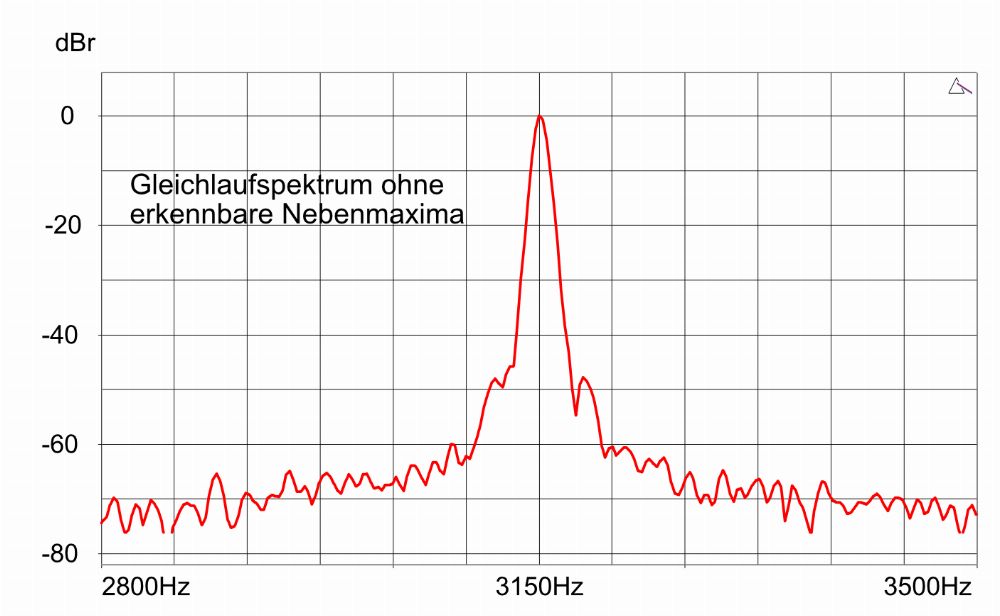
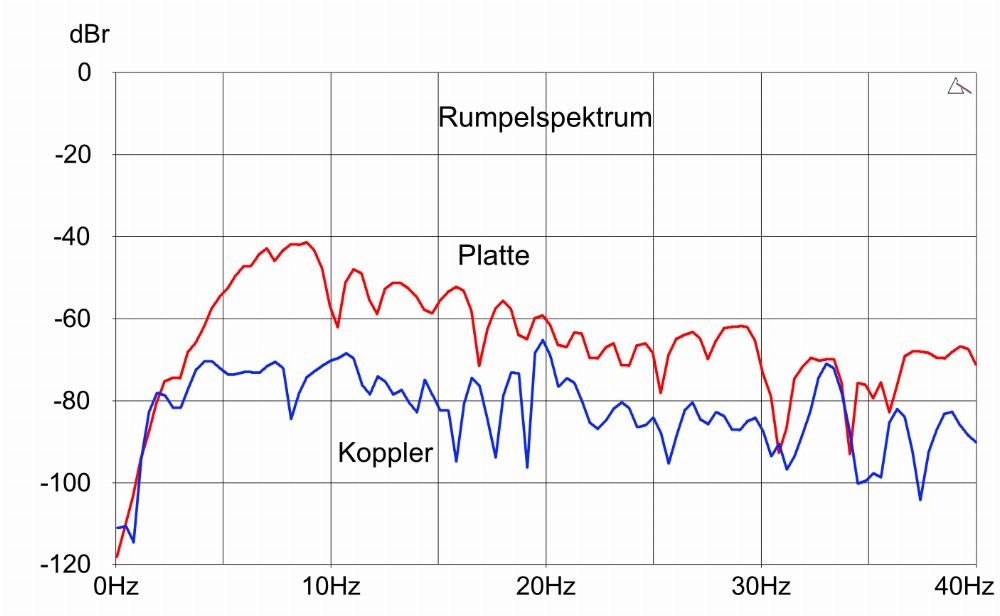
Measurement Values
| Deviation from the target speed: | regelbar % |
Stereo Test
Sound Level Turntable: 100%
Price/Performance
Lab Comment
The turntable offers the usual excellent values for rumble and synchronization. The change to the new drive is therefore not "visible". Thanks to the extremely sensitive speed control, the individually controllable speeds can be precisely maintained.
Features
External power and control units, 33 and 45 RPM, fine adjustment, height adjustable feet, record clamp, strobe disk, RCA or five-pin jack
Test Devices
Turntable:
Transrotor Rondino nero / TRA9
Phono Cartridges:
EMT JSD Novel Titan G,
Transrotor Figaro
Phono Preamp:
Nagra Classic Phono
Pre-/Power Amp:
Accustic Arts Preamp III / Amp II-MK4
Loudspeakers:
B&W 801 D4,
Piega Coax 811
Cables:
Audioplan Maxwell A,
SME Standard (Phono),
Mudra Akustik (Mains)
What We‘ve Heard
Oscar Peterson: The Lost Tapes
The best of Peterson‘s MPS records. Musical creativity, enthusiasm for playing and top sound go hand in hand.

Various: Nagra – 70th Year Anniversary Collection
The masterpieces compiled on the occasion of the recent Nagra anniversary demand everything from the turntable.
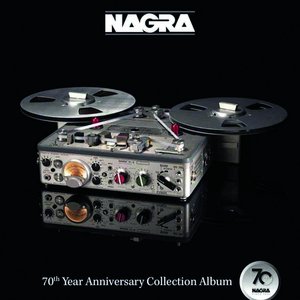
 MAGAZINE
MAGAZINE